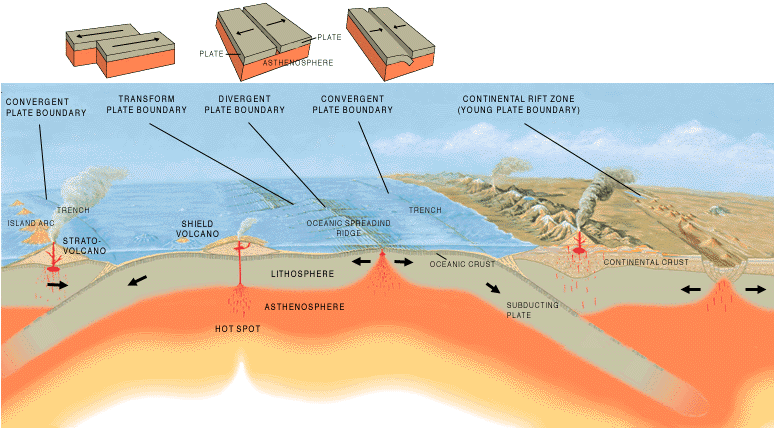 Mrs. Gunn, my next-door colleague, is an amazing teacher. While my strength in teaching is lecture and discussion, Mrs. Gunn teaches primarily with collaborative groups and hands-on activities. Several times per week we co-teach geography with our homeroom students. One day last week I hosted Mrs. Gunn's class while they illustrated the water cycle in their interactive notebooks, and my students went to her classroom so she could teach them a hands-on lesson about plate tectonics using cake frosting and graham crackers. The best part of the lesson was that at the end they would get to eat their activities. Now that's a way to keep students attentive!
Mrs. Gunn, my next-door colleague, is an amazing teacher. While my strength in teaching is lecture and discussion, Mrs. Gunn teaches primarily with collaborative groups and hands-on activities. Several times per week we co-teach geography with our homeroom students. One day last week I hosted Mrs. Gunn's class while they illustrated the water cycle in their interactive notebooks, and my students went to her classroom so she could teach them a hands-on lesson about plate tectonics using cake frosting and graham crackers. The best part of the lesson was that at the end they would get to eat their activities. Now that's a way to keep students attentive!
Mrs. Gunn gave the students the following four definitions for their interactive notebooks:
plate tectonics - the theory that pieces of the earth move and change shapes
convergent boundary - when two plates collide
divergent boundary - when plates move away from each other
transform boundary - when plates slide past one another










